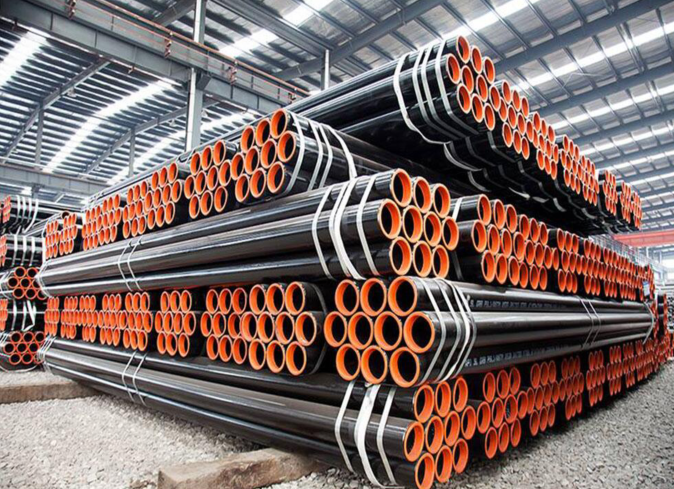
Classification and Common Specifications and Sizes of Oil Pipes
Definition of oil pipe:
Classification of oil pipes:
According to different uses, oil pipes can be divided into several types such as oil well pipes, oil reservoir pipes, oil pipelines, and gas reservoir pipes. Among them, oil well pipes are mainly used for drilling operations, oil reservoir pipes are used for oil production, transmission and other processes, and oil pipelines and gas reservoir pipes are used for transporting oil and gas.

Commonly used specifications and sizes of oil pipes:
1. Casing pipe: Diameter ranges from 4½ to 20 inches, wall thickness ranges from 0.205 to 0.875 inches.
2. Tubing: Available in diameters ranging from 1.05 to 4½ inches and wall thicknesses ranging from 0.113 to 0.797 inches.
3. Line pipe: Diameter ranges from 2 to 48 inches, wall thickness ranges from 0.065 to 0.5 inches.
4. Drill pipe: Available in diameters ranging from 23/8 to 6^5⁄8 inches and wall thicknesses ranging from 0.19 to 0.75 inches.
Oil Pipe Size Chart
|
Pipe Type |
Nominal OD (in) |
Weight (lb/ft) |
Wall Thickness (in) |
Common Grades |
Standard |
|
Tubing |
2⅜ – 4½ |
4.6 – 12.75 |
0.190 – 0.337 |
J55, N80, P110 |
API 5CT |
|
Casing Pipe |
4½ – 20 |
9.5 – 94 |
0.205 – 0.635 |
J55, L80, P110 |
API 5CT |
|
Line Pipe |
2 – 48 |
— |
0.109 – 0.984 |
A, B, X42–X70 |
API 5L |
This chart gives an overview of common oil pipe dimensions, showing how the diameter and wall thickness vary with application and standard.
Selecting the Right Oil Pipe Size
Well depth and pressure (thicker walls for deeper or high-pressure wells)
Fluid type and corrosion level (higher-grade steel for corrosive media)
Flow rate and transport distance (larger diameters for high-volume pipelines)
A well-matched oil pipe size not only improves operational safety but also optimizes production efficiency and cost control.
Application scenarios of various specifications and sizes:
2. Tubing: It is mainly used to extract oil from oil wells. Its diameter and thickness need to be reasonably selected based on factors such as well depth and fluid properties.
3. Line pipe: It is used to transport fluids such as oil and natural gas. The selection of specifications usually takes into consideration factors such as transportation distance, fluid properties, and pipeline pressure.
4. Drill pipe: It is mainly used for drilling operations. Its specifications and dimensions should be reasonably selected based on factors such as well depth, drill bit type, and mud circulation volume.
In short, the selection of oil pipes must fully consider its application scenarios and usage requirements to ensure the efficiency and safety of transporting fluids.
Read more: What Methods Should be Used to Prevent Corrosion of Oil Pipelines?


